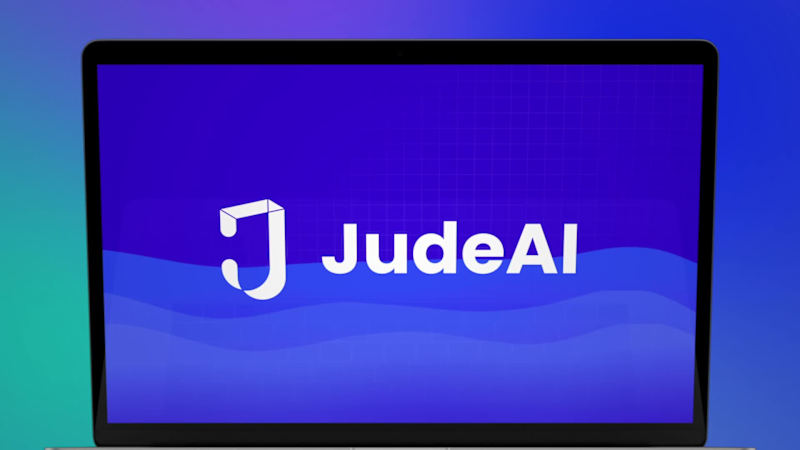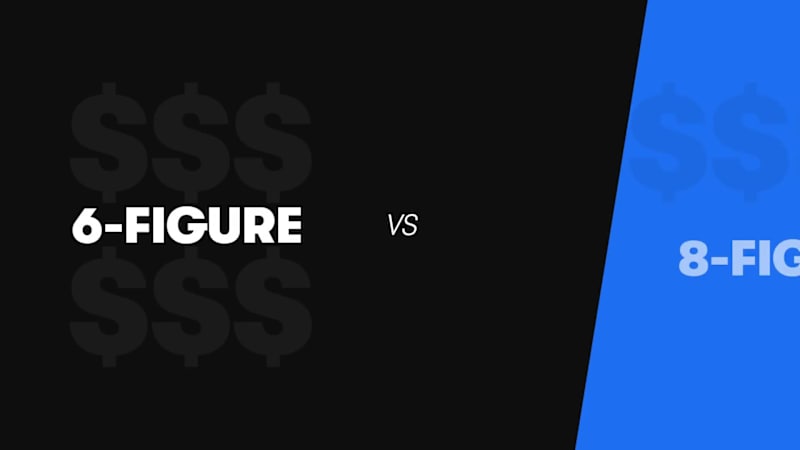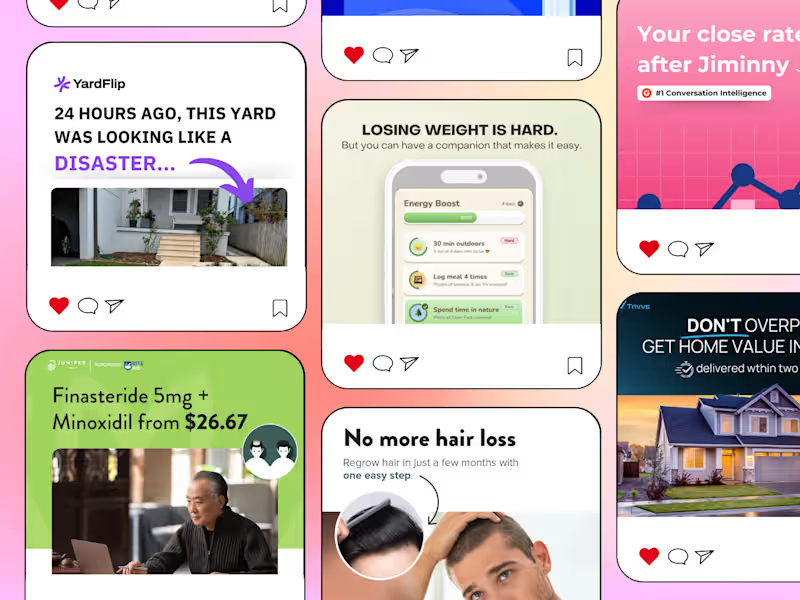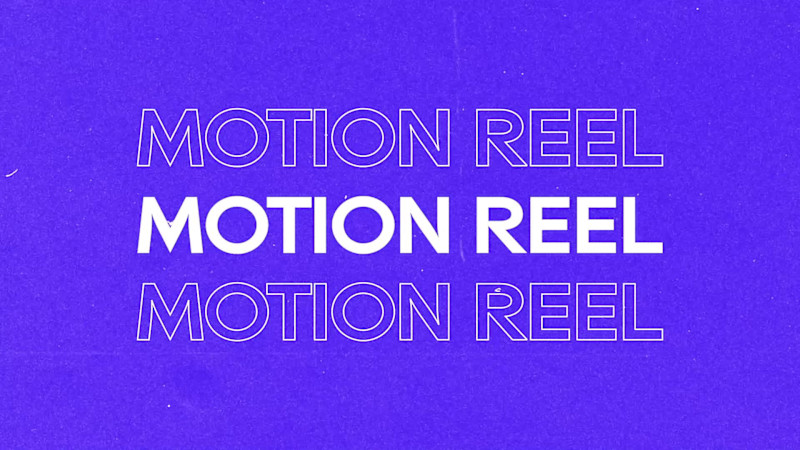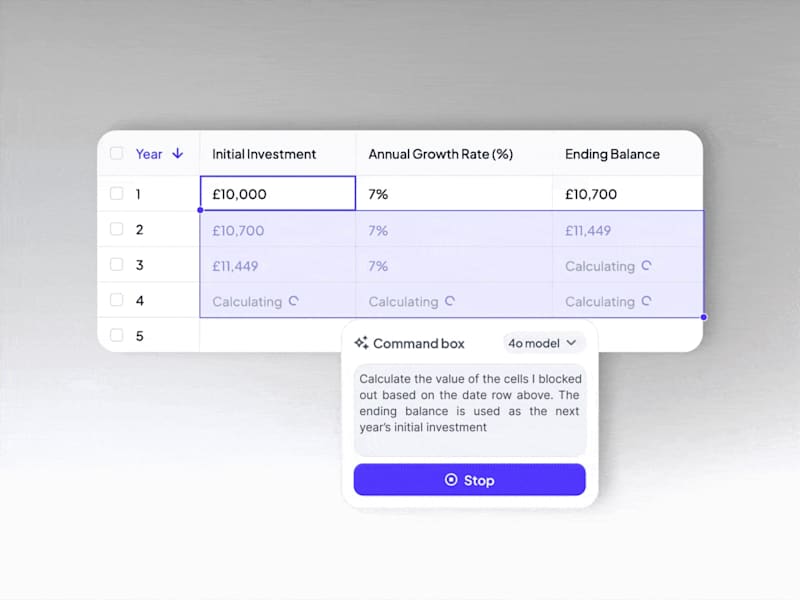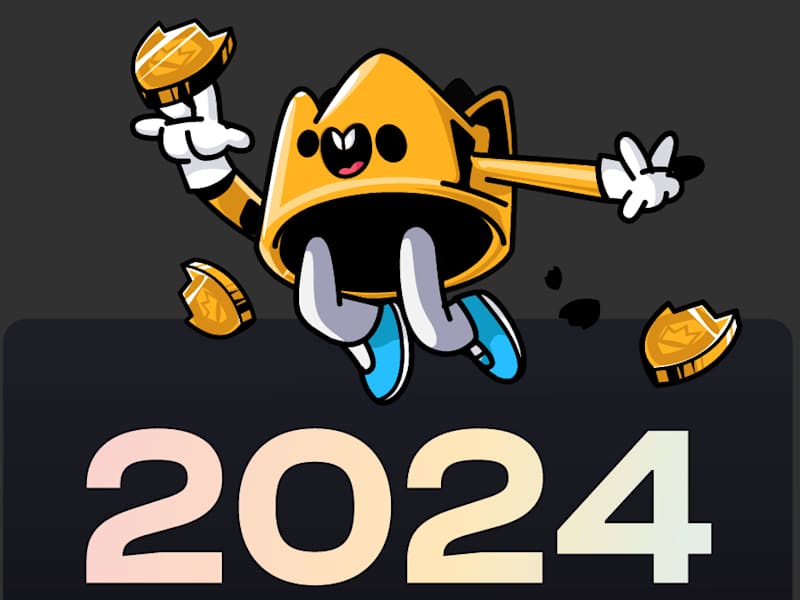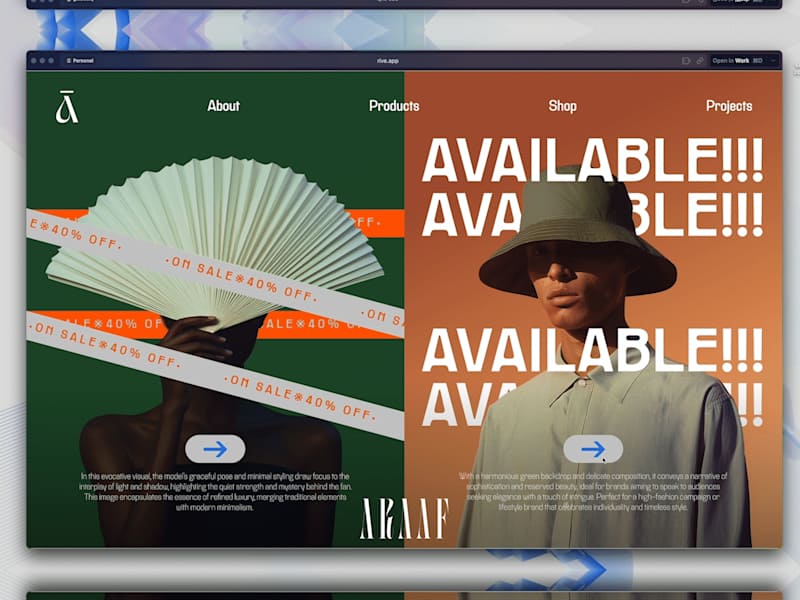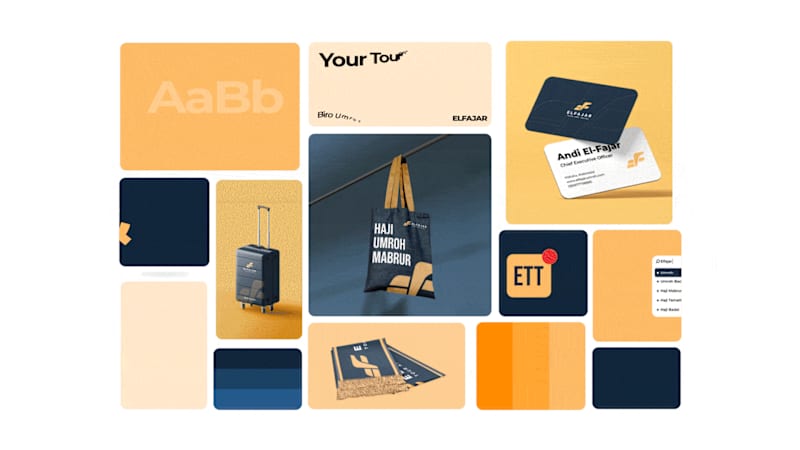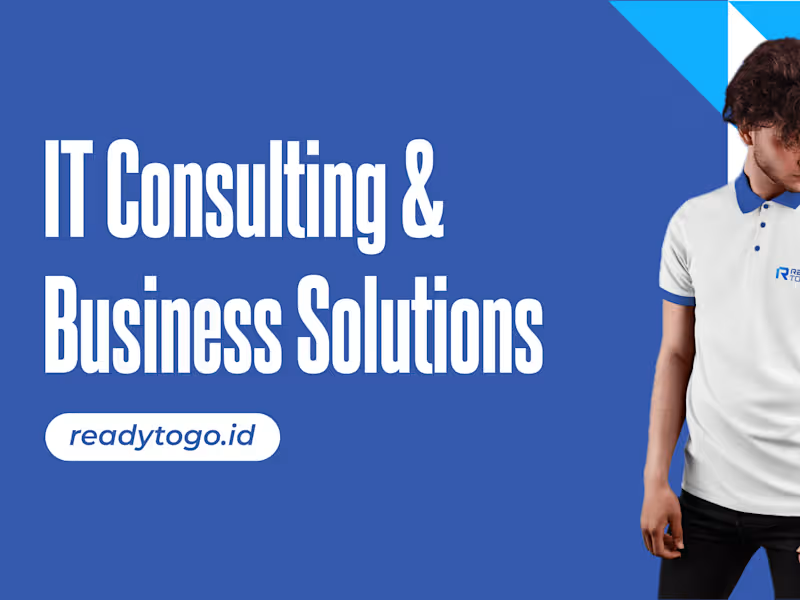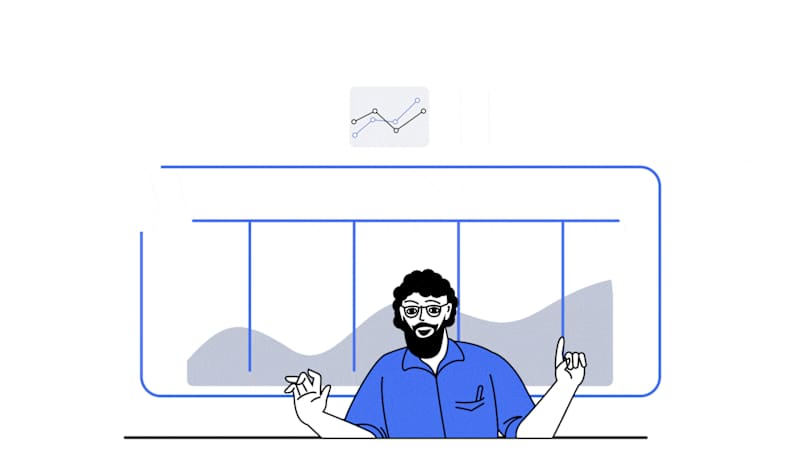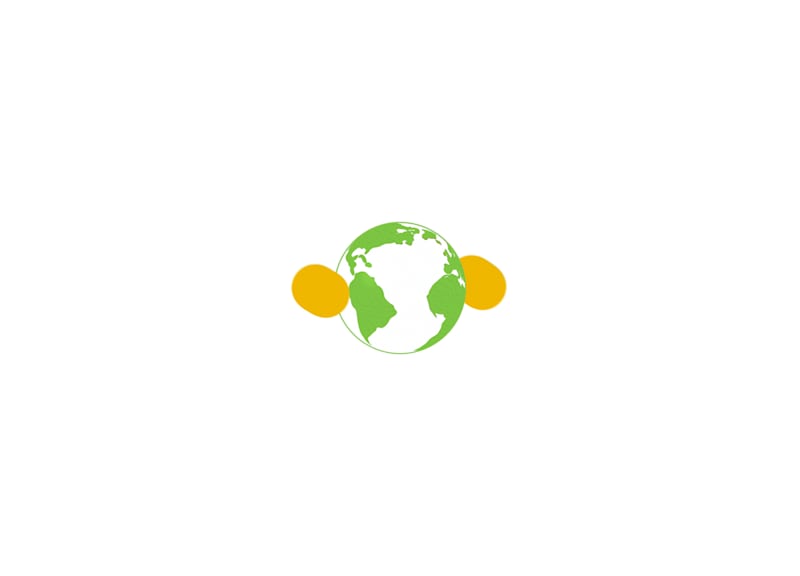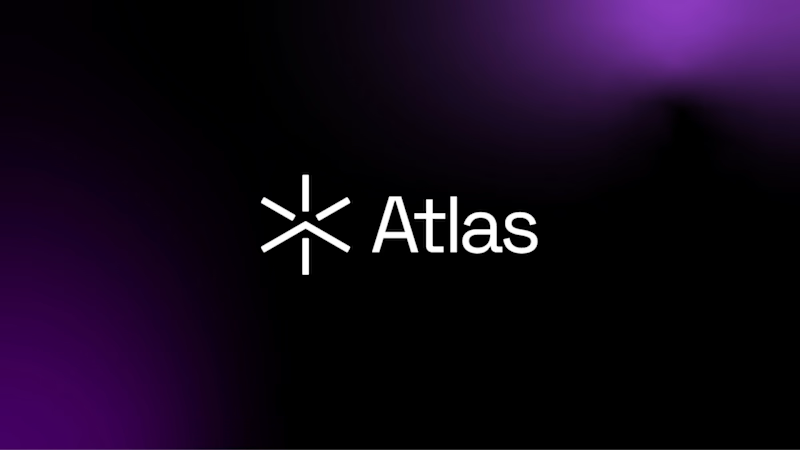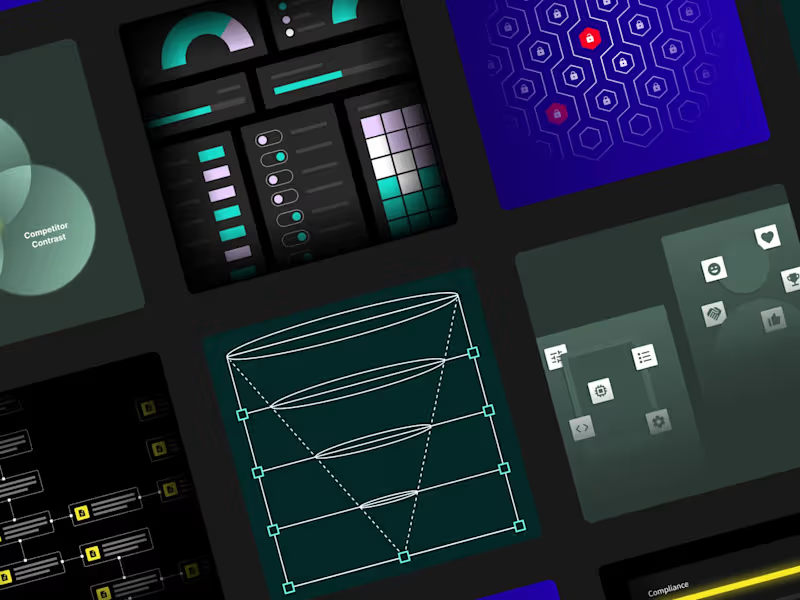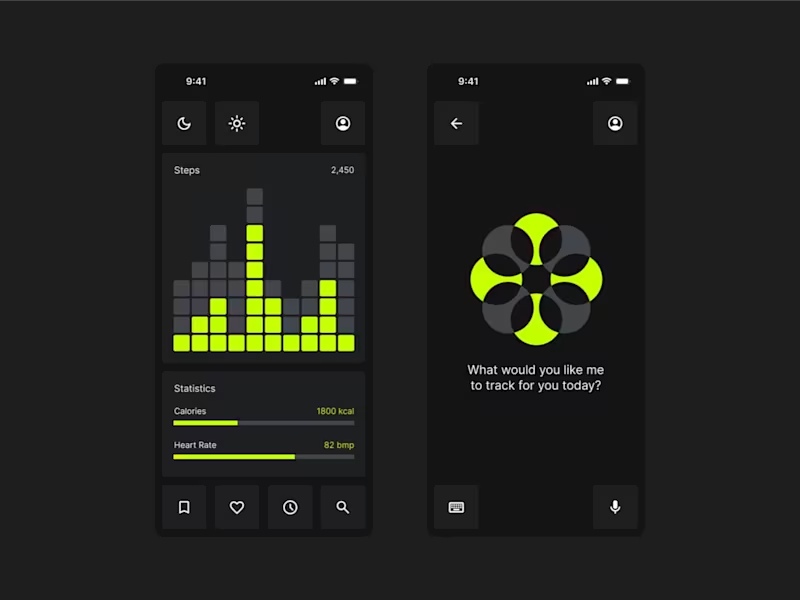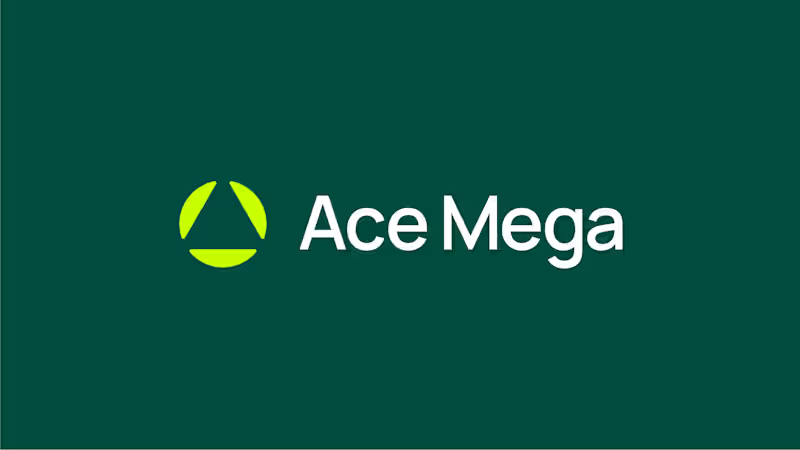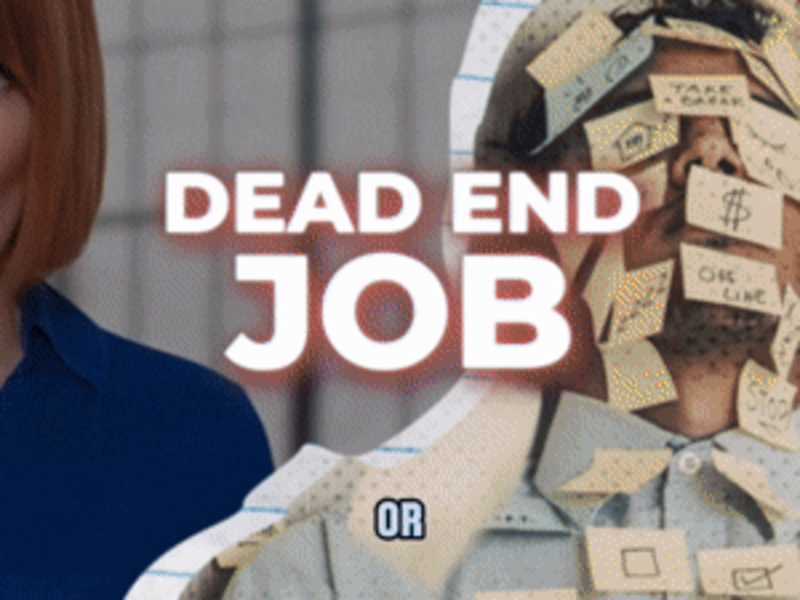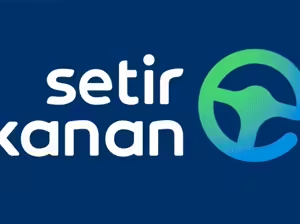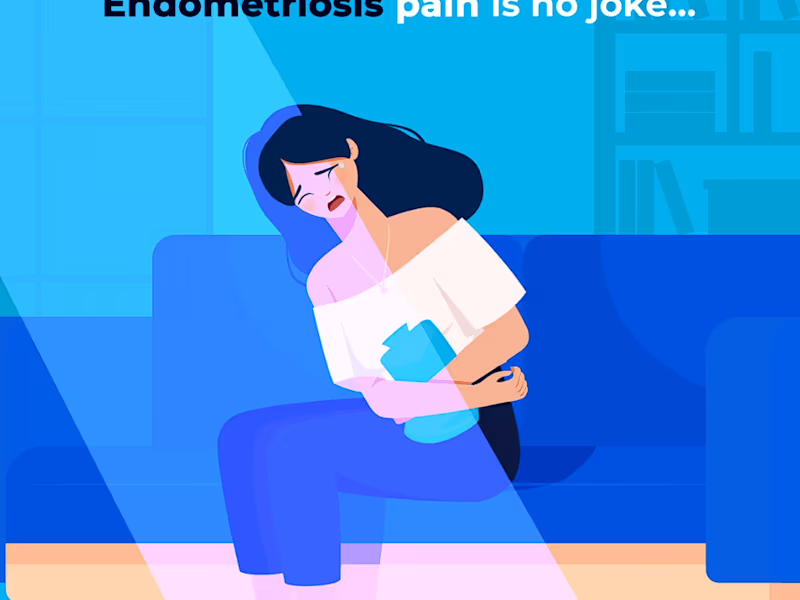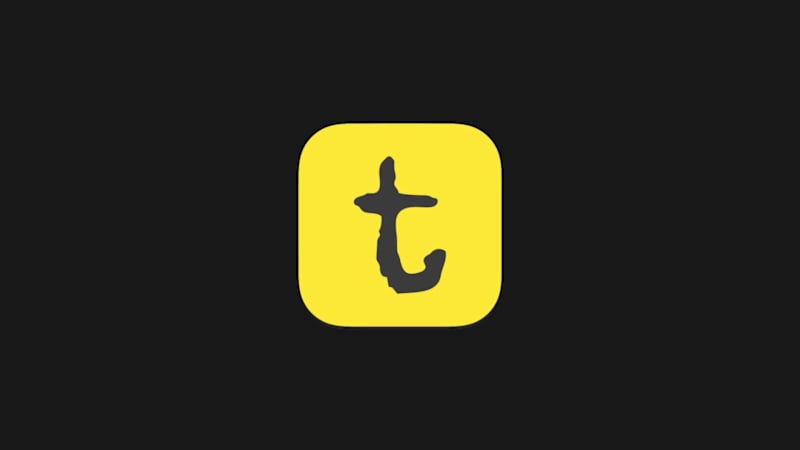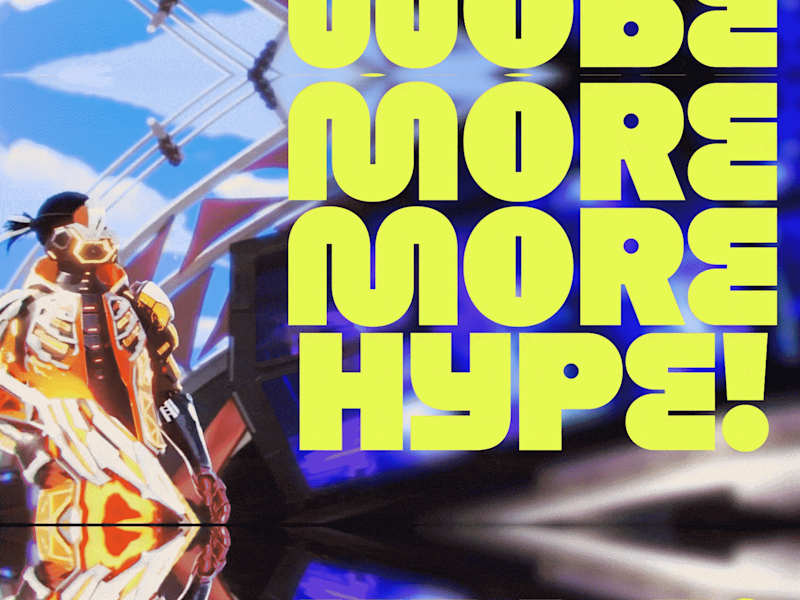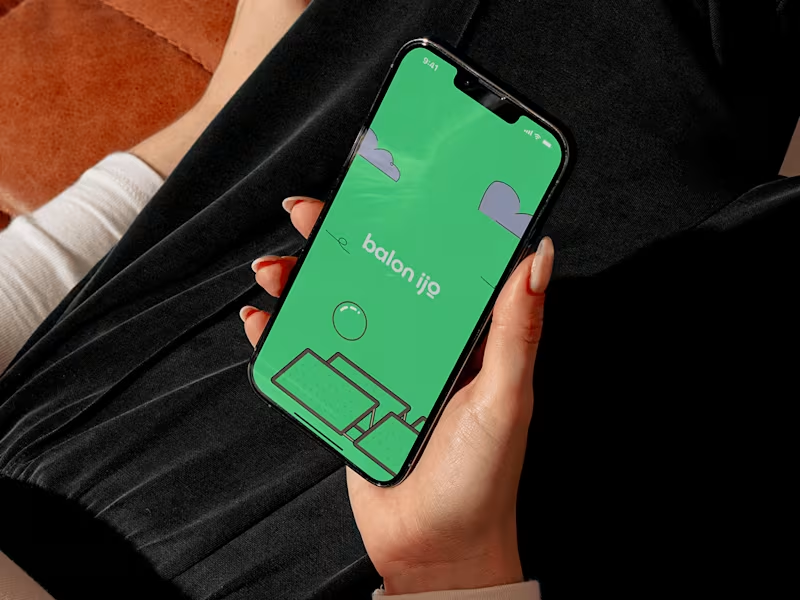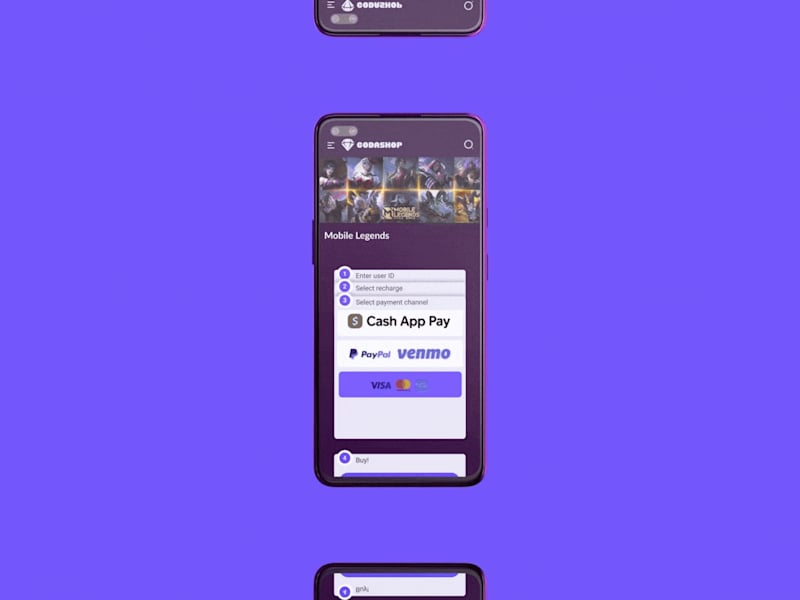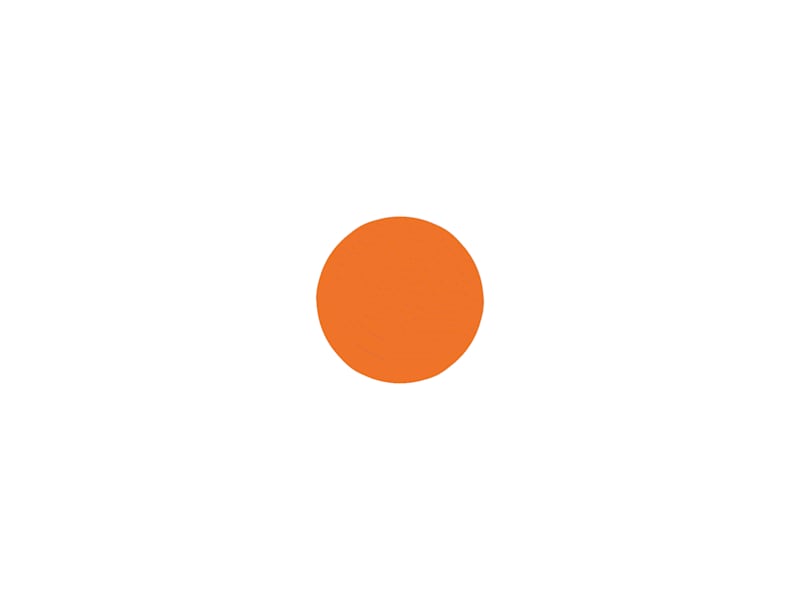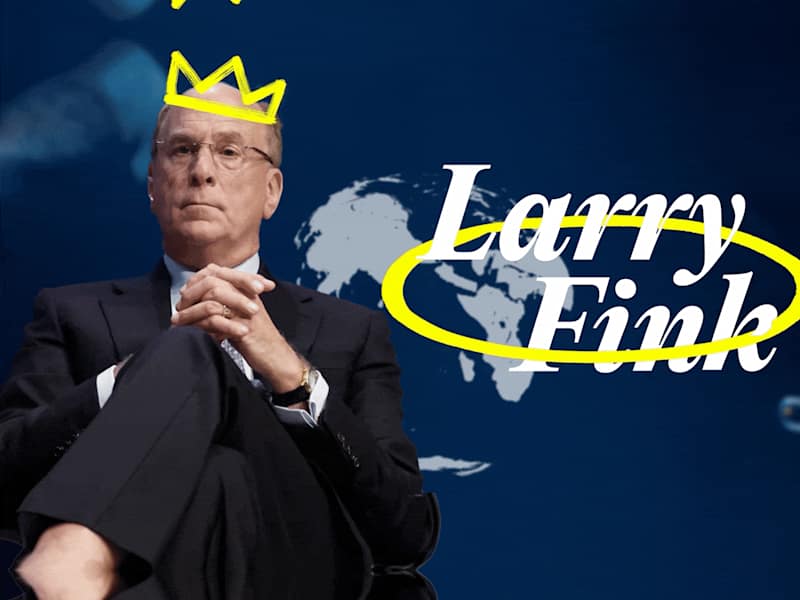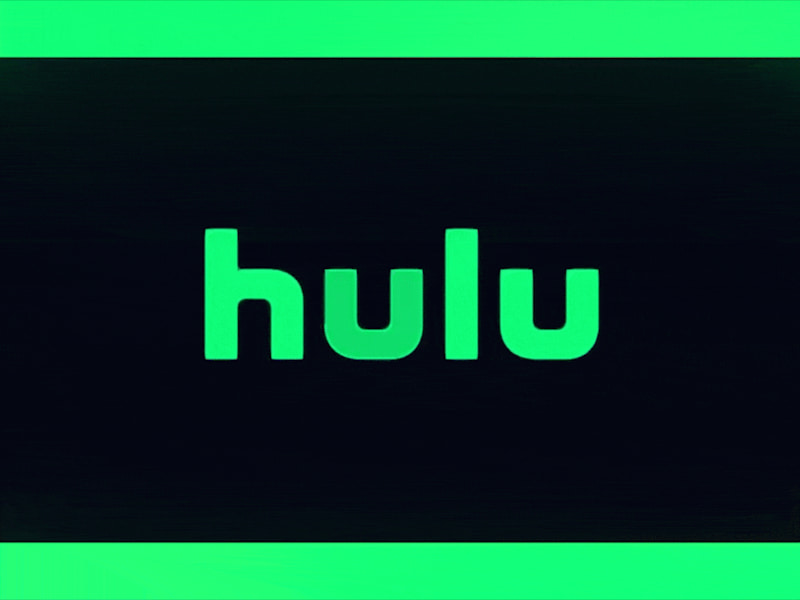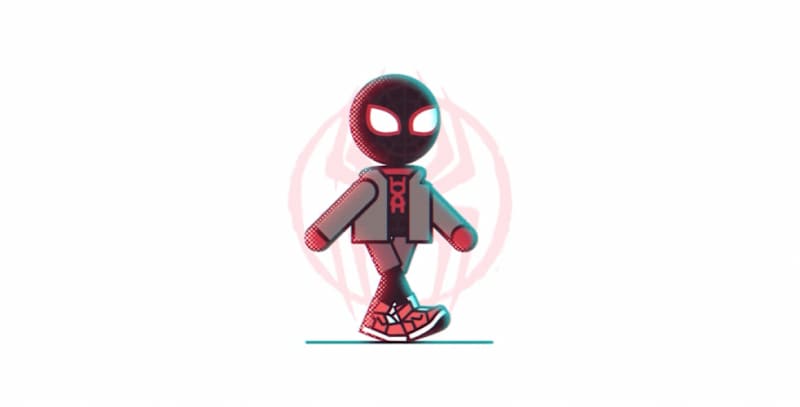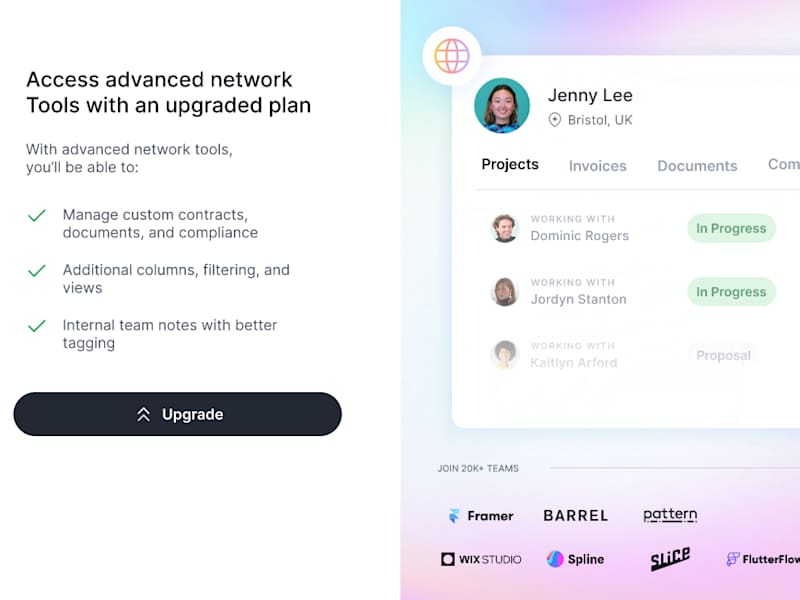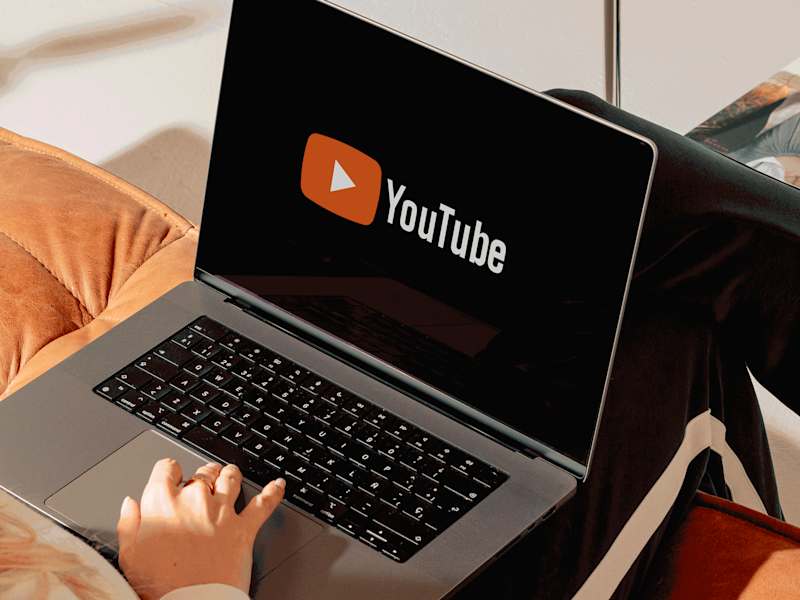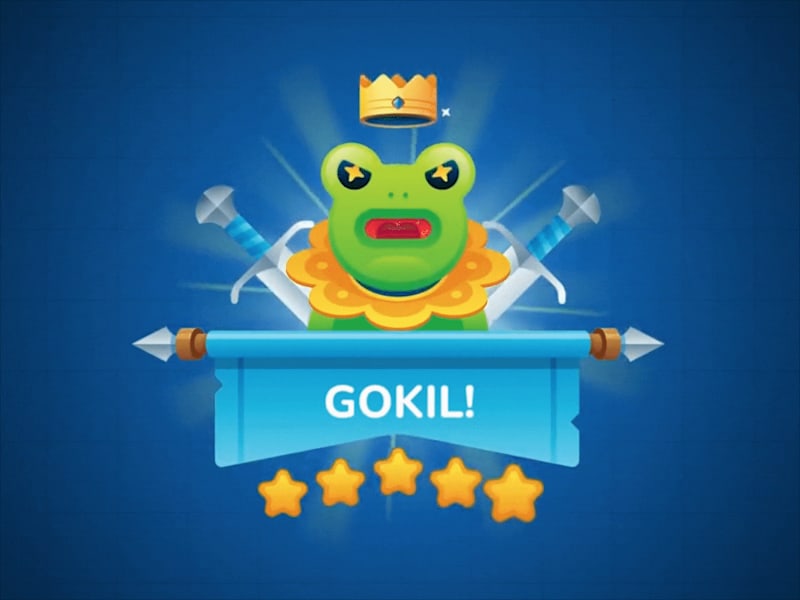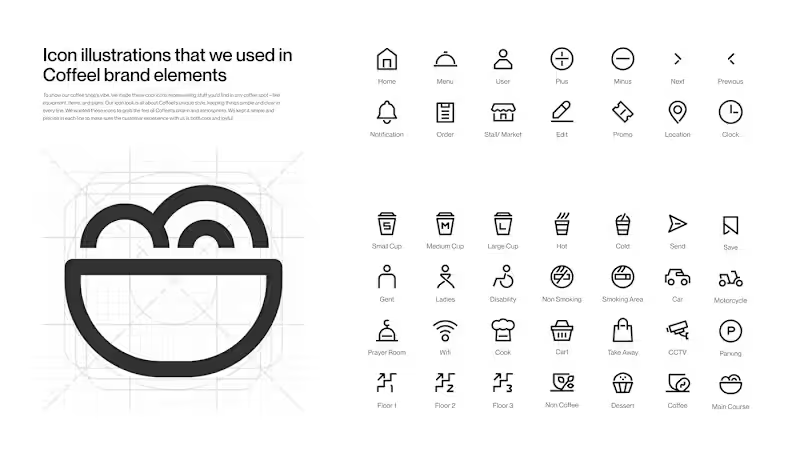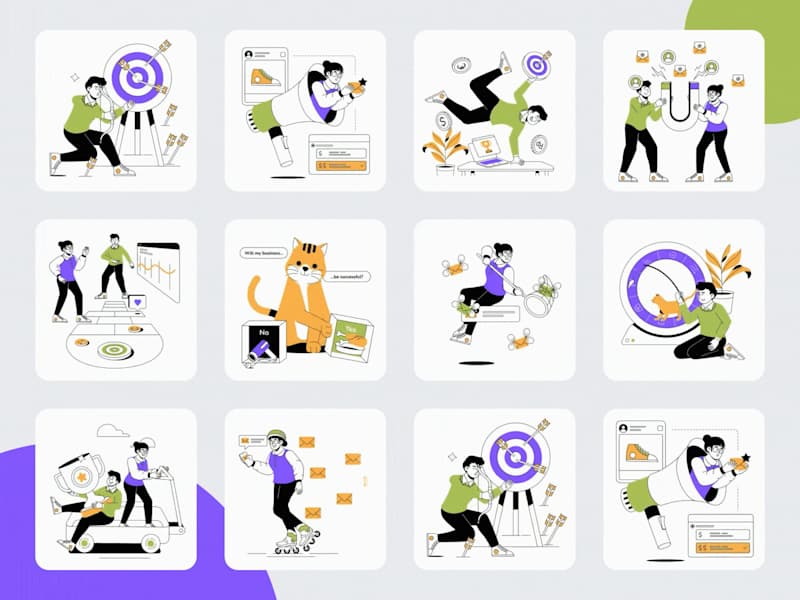What should I include in a project brief for a motion designer?
A project brief needs to be clear and detailed. Start by explaining the main goal of the project and any important deadlines. Talk about the style and tone you want for the animations. If you have reference videos, share them to give an idea of what you like. Make sure to also list any specific deliverables you need the motion designer to create.
How can I be sure the motion designer understands my vision?
Communicating your vision is crucial. Use a mix of text, images, and mood boards to illustrate your ideas. Schedule regular check-ins to make sure the motion designer is on the right track. Encourage them to ask questions if they are unsure about anything. Always be open to their creative input, as they might have great ideas to improve the project.
What are key milestones to set in a motion design project?
Milestones help keep track of progress and ensure both parties are aligned. Begin with initial sketches or storyboards to agree on the general direction. Next, set a date for a draft animation review. Finally, plan for a final delivery date, allowing some time for revisions. This structure keeps the project moving forward smoothly.
How long does it usually take to complete a motion design project?
The timeline can vary depending on the complexity and length of the animation. A simple animation might take just a week or two, while more detailed projects can take a month or more. Sit with the motion designer and discuss their proposed timeline. It's important to be realistic about how long each phase will take, from concept to final delivery.
What software or tools should I expect a motion designer to use?
Motion designers often use tools like Adobe After Effects and Cinema 4D. These tools help create high-quality animations and special effects. Ask the designer if they use any specific software that aligns with your project needs. Make sure the final deliverables are in a format that works for you.
How can I ensure the motion designer can adapt to different styles?
A diverse portfolio is key. Review the motion designer's previous work to see if they can adapt to different styles. Check if they've worked on a variety of projects like explainer videos, commercials, or social media ads. This shows their ability to tailor their design style to fit your specific needs.
How important is experience with local Indonesian culture for a project?
Understanding local Indonesian culture can be very important if your project is aimed at an Indonesian audience. A designer with local experience can help make sure the animation feels authentic and resonates well. They can incorporate cultural themes, symbols, or language that’s relatable to your audience. This can enhance engagement and effectiveness.
Should I consider a motion designer’s experience with Indonesian brands?
Yes, if your project targets the Indonesian market, familiarity with local brands can be beneficial. Designers with local experience might have insights into the preferences and expectations of Indonesian consumers. Discuss any specific brand inspirations or local competitors to ensure the designer understands the market landscape. This can help the designer create content that's both relevant and impactful.
What is the role of a motion designer in creating storyboards?
Storyboarding is often a key part of a motion designer's role. It acts like a blueprint for the animation, showing the sequence of actions through sketches. A good storyboard helps visualize the flow of the project before any animation begins. This reduces misunderstandings and helps ensure setting and timing are on target from the start.
Who is Contra for?
Contra is designed for both freelancers (referred to as "independents") and clients. Freelancers can showcase their work, connect with clients, and manage projects commission-free. Clients can discover and hire top freelance talent for their projects.
What is the vision of Contra?
Contra aims to revolutionize the world of work by providing an all-in-one platform that empowers freelancers and clients to connect and collaborate seamlessly, eliminating traditional barriers and commission fees.
- $10k+
- Earned
- 7x
- Hired
- 5.0
- Rating
- 11
- Followers





























